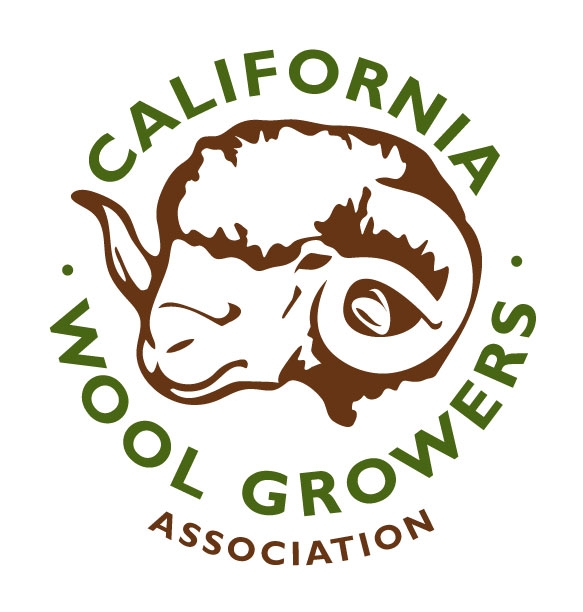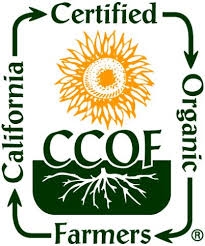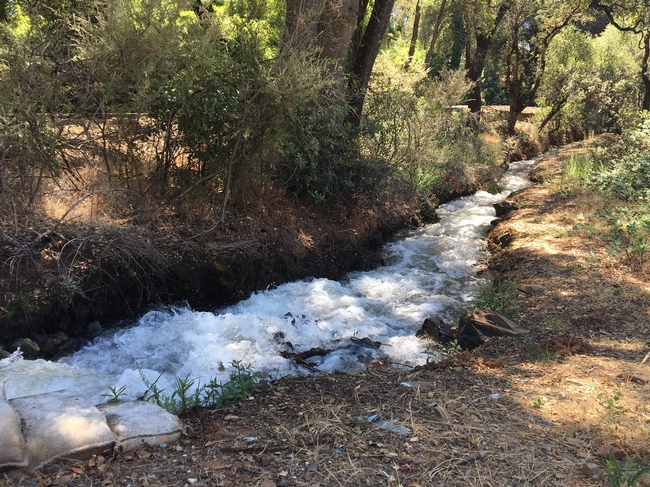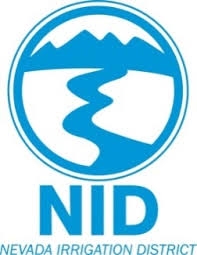At a recent beginning farming workshop, that was the exact question that was posed to an earnest group of beginning farmers. Many of you may have similar questions so this post answers a few of them. If you have more questions about beginning farming, come to the next workshop this fall, which will be announced on our Foothill Farming website calendar.
- How do I get into an association for the crops I want to grow or am growing?
There are a number of organizations for a variety of locally grown crops, most would be happy to help a new, teachable farmer learn and understand some of the specifics about their crop and provide networking opportunities. Here is a list of a few local, crop specific organizations that you could join. Also feel free to look under resources on the Foothill Farming website for more information about your potential crop.
- California Wool Growers Association – http://woolgrowers.org/
- Mountain Mandarin Growers Association - http://www.mountainmandarins.com/
- Placer County Vintner's Association - https://placerwine.com/placer-county-vintners-association/
- Placer County Wine & Grape Association - http://pcwga.org/
- Sierra Wine & Grape Growers Association - http://swgga.org/
- Tahoe Cattlemen's Association - https://www.facebook.com/TCA-Tahoe-Cattlemens-Association-180625651975901/





Regardless of whether or not you see your crop-specific producers association above, there are also a few other local options to connect you with other farmers and ranchers.
- California Certified Organic Farmers, Sierra Gold Chapter - https://www.ccof.org/ccof/chapters/sierra-gold
- Nevada County Farm Bureau Contact: 530.346.8146, ncfb.manager@gmail.com

- Placer County Farm Bureau
Contact: 916.663.2929, or via their website
The other questions pertain to water, you can guess why. Water is critical to agriculture in the foothills and its availability to your farm is key to deciding how, when, and what you can potentially raise or grow.
- Did local irrigation districts reduce deliveries during the last drought?
Most agriculture in the foothills depends on ditch water from local irrigation districts. It takes approximately 1 miner's inch of water to irrigate 1.5 – 2 acres of pasture or about 1 acre of crops during the hot summer months. During the last drought, irrigation districts asked their customers to voluntarily conserve water, and they did. No reductions were forced. Thankfully we are no longer in a drought and both the Nevada Irrigation District and Placer County Water Association plan for full water deliveries this irrigation season, which runs from April to October.
- If I need irrigation district water past October, do I need to buy the entire 6 months of winter water?
Perennial crops often require winter irrigation water due to intermittent rains in many recent winters. NID offers a fall water supply for Oct. 15 through Dec. 1. It is important to bear in mind that winter water is usually more expensive than normal irrigation water, about 125% of normal rates and is not feasible in most cropping systems. Contact your irrigation district to inquire about the availability of winter water and how much water would be available to you during the normal irrigation season.
- Nevada Irrigation District - https://nidwater.com/
- Placer County Water Agency - https://pcwa.net
- What are the dangers of creek water?
Unless you have a deeded right to use water from creeks or streams on your property, you cannot use that water. Most producers get irrigation water from an irrigation district.
Creek water or other surface water is potentially subject to contamination from wildlife, domestic animals, or other sources and is considered a food safety risk for irrigating agricultural crops. The Food Safety Modernization Act (FSMA) Produce Rule has specific rules and guidelines for water used on crops. For more information about the FSMA, check out the Food and Drug Administration website at https://www.fda.gov/Food/GuidanceRegulation/FSMA/default.htm










